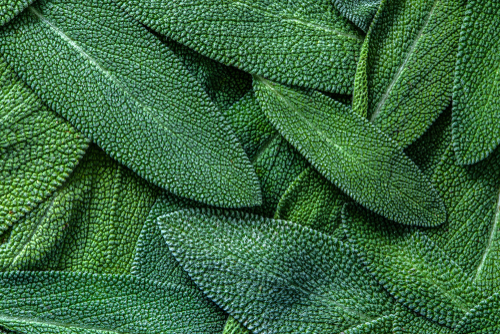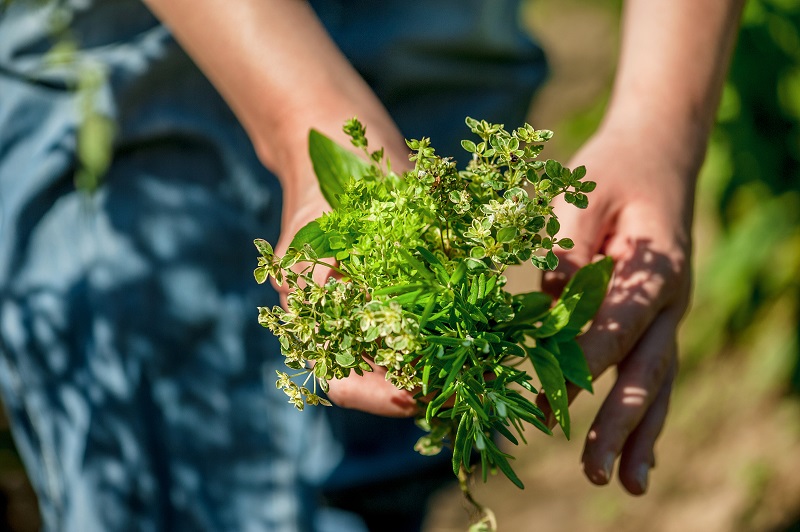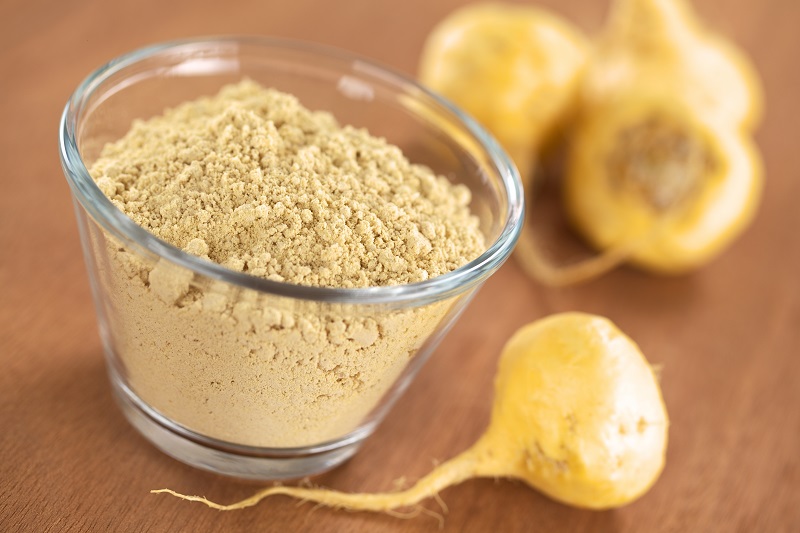Herb Highlight: Sage
Introduction
The sage we use in cooking, Salvia officinalis, is native to the Mediterranean.1 It is a common seasoning in sausages and stuffing. Many of us are familiar with its smell and taste. In addition to its savory profile, sage has slight stimulating properties. As a matter of fact, people brewed it as a tonic tea for hundreds of years.1 Even Dioscorides advised its use as a tonic.2
Sage at any age
During the medieval times in Europe people believed that sage improved memory.1 They were onto something. In fact, one study found that sage improved the cognitive function of folks with mild to moderate symptoms of Alzheimer’s disease.3 Additionally, there have been other modern studies that indicate sage’s positive effect on brain function at all ages.2
Easy growing
Sage grows both in and outdoors.4 In fact, there are several different varieties including Tricolor, a white, purple and green leafed plant, as well as varieties that are golden, yellow-green, and white.2 However, these varieties are not recommended for cooking due to the camphor-like flavor.4 Though not related to camphor, sage is a member of the mint family1 and grows well near it’s “sister”5 rosemary.6Sources
1 – Sage Plant | Encyclopaedia Britannica
2 – Salvia officinalis – Wikipedia
3 – Pharmacokinetics of Salvia officinalis | Wiley
4 – Sage’s wisdom: Add to holiday recipes | Oregonian
5 – Sage: Benefits, Uses, Side Effects | Organic Facts
6 – Sage Planting, Growing, and Harvesting Tips | The Old Farmer’s Almanac







